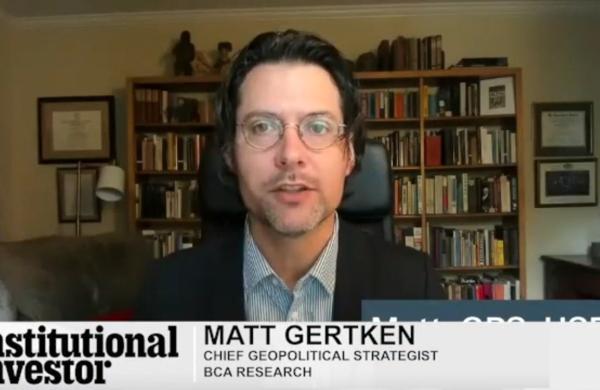Impact investing has its skeptics, to be sure. But the growing list of successful investments and initiatives on this front suggests such critiques may be shortsighted.
During the past five years the coordinated global effort to develop a standardized marketplace has shifted more attention to impact investing. The movement to use finance for social and environmental good reached a new milestone last June when U.K. Prime Minister David Cameron hosted the Social Impact Investment Forum, a G-8 event. More than 90 major institutions active in impact investing voiced their support of the G-8’s commitment to advancing the industry.
Institutional investors, some of whom have questioned impact investing’s viability, have embraced the concept and have strong returns to show for it. In a January 2013 survey of nearly 100 institutions with impact investments by J.P. Morgan and the Global Impact Investing Network (GIIN), 89 percent of investors reported that their impact investment portfolios were meeting or exceeding their financial expectations. The same survey showed that 65 percent of respondents are targeting market rate returns competitive with accepted asset-class benchmarks.
How do these supposedly market rate impact investments stack up? During the past few years, GIIN has tracked several impact investing funds across a variety of asset classes, sectors and regions that have performed well when compared with industry-recognized benchmarks. Impact investments can and do achieve competitive returns.
For example, a $1.5 billion U.S. bond fund directed at supporting the creation of low-income housing and community development was ranked in the top quartile of Morningstar’s Intermediate-Term Bond Category for five-year risk-adjusted returns as of December 31, 2012. The same year, that fund outperformed its benchmark, the Barclays U.S. aggregate bond index.
Another example is a $75 million venture capital fund aimed at spurring economic and environmental development in California’s Bay Area. The fund has consistently ranked in the top quartile of the Cambridge Associates list of 2004 vintage funds and outperformed Cambridge’s U.S. venture capital index.
Both these funds — and many others in the GIIN ImpactBase global directory — have track records of at least five years. And as impact investments demonstrate market rate returns, more investors have been inspired to explore and allocate to such funds. In January 2014 ImpactBase reported $17 billion in committed capital for impact investments across 281 funds and products.
Major institutional investors continue to announce new impact investing allocations and initiatives. In the past year we’ve seen a $250 million social impact fund sponsored by Goldman Sachs, a $500 million affordable housing REIT profiled on the Clinton Global Initiative’s website and the announcement by five U.K. local authority pension funds of a cooperative plan for a £250 million ($415 million) initiative to invest in opportunities that help local communities tackle wider economic issues. UBS and Morgan Stanley have each launched their own impact investing initiatives.
Many impact investors accept below-market returns to test new and challenging markets and to support higher-risk early-stage social enterprises. Other strategies include credit enhancement that reduces financial risk for commercial investors, thereby increasing the pool of capital available for social and environmental objectives, and financing on terms that best enables the underlying enterprise to achieve its social mission.
For those investors with a desire to generate market rate returns in impact investing, the track record of success is growing, providing a data-driven counterpoint to skeptics. Together with growing investor confidence and global collaboration, the realized market rate returns for many impact investments are testament to the opportunity of this growing field.
Luther Ragin Jr. is the CEO of New York–based nonprofit Global Impact Investing Network and former CIO of the F.B. Heron Foundation.






